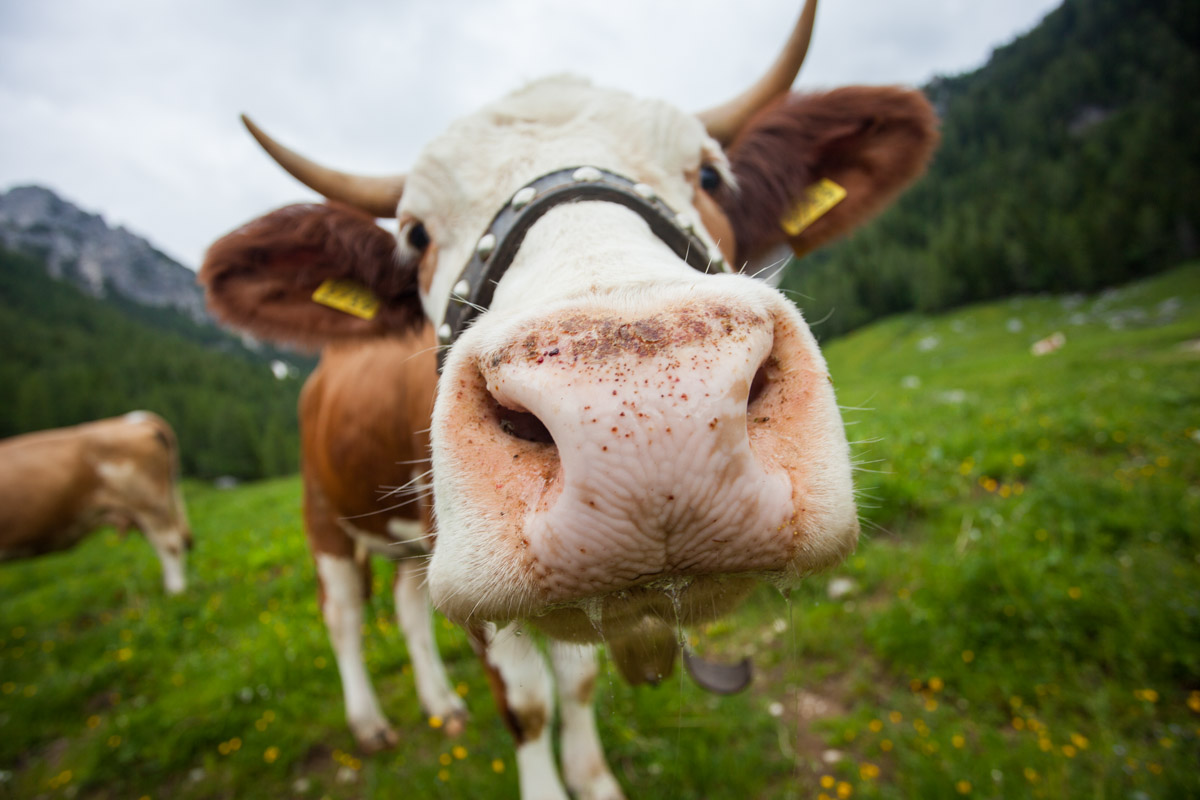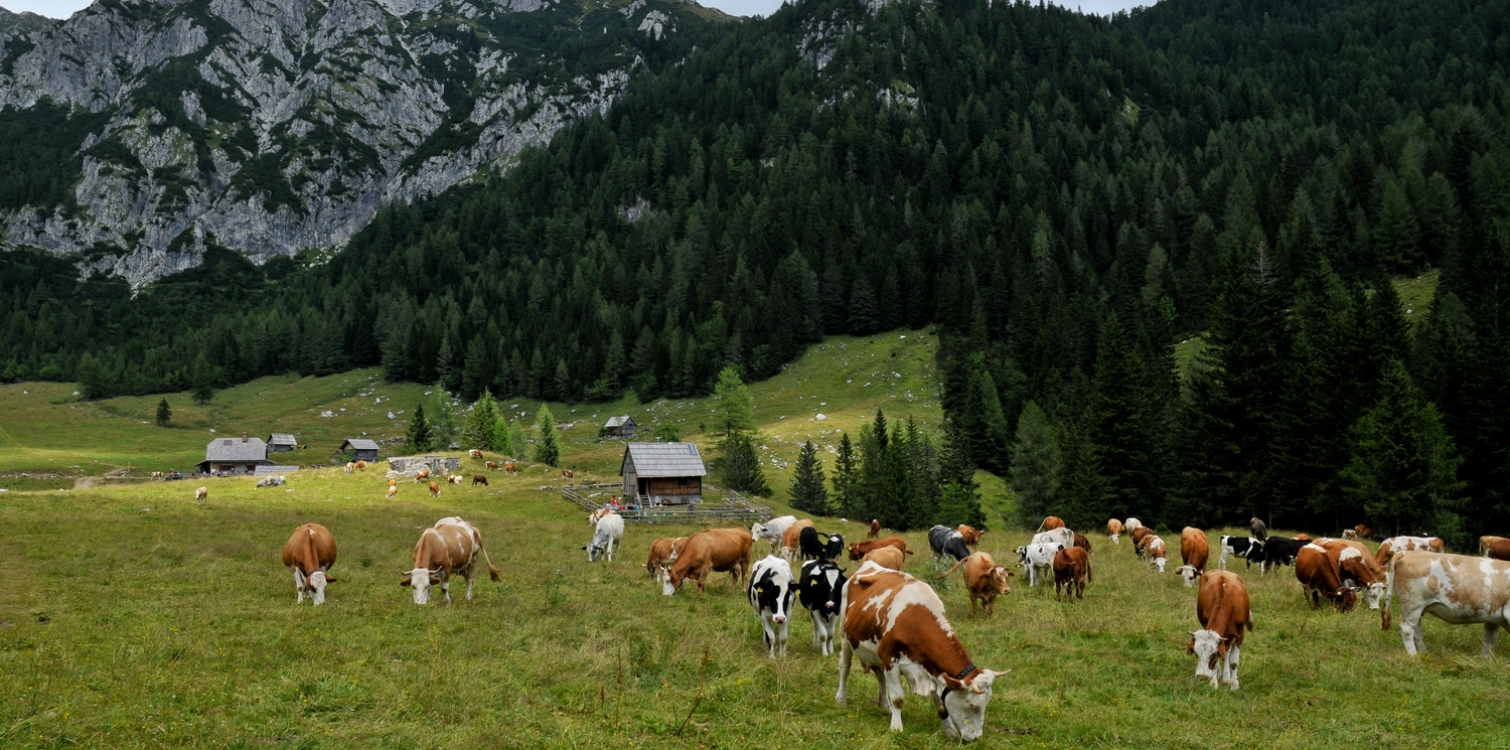At first glance, the high mountain world of the Julian Alps does not seem like a place that invites people to settle there permanently. However, the possibilities of mining, livestock farming, hunting, gathering, and charcoal burning attracted people to inhabit this corner of the planet. Archaeologists have found evidence that humans lived in the Alps as far back as the Bronze Age.
Until recently, it was generally believed that the high mountain world of the Julian Alps was rarely visited and settled until the 14th century. However, archaeological research has proven the existence of early permanent (seasonal) settlements from the early Bronze Age through antiquity and the early Middle Ages.
Remains or parts of them may emerge due to erosion, and people often discover them during renovations or everyday activities, such as plowing. Consequently, these sites are often at risk, as even the smallest intervention can lead to their destruction.
In their work, archaeologists use various approaches and technologies. Before excavation, they check historical sources regarding activities in the area, carefully observe the shapes and structures of the surface that may indicate remains of human activity, take measurements, and map the area—creating maps with all the smallest details.

Archaeologists have found that the first inhabitants of this area were miners and shepherds. Remains have been discovered on Pokljuka, Komna, and the Bohinj-Tolmin mountains. The best-studied mountain pastures are Klek, Vogel, and Pečana.
Through archaeological research in the high mountains, archaeologists aim to determine when humans inhabited this area and what economic activities they engaged in. They study the remains of their dwellings, investigate how they adapted to the environment and how they influenced it, as well as the connections they had with the valleys.

Although iron ore was the most important mineral in the Julian Alps, scientists have determined that mining in this area began much earlier. Pastoralism also developed alongside it, as it provided a way of survival for the miners who seek ore in the high mountains.
Recently, a bronze cowbell from the Roman period was found on the Bošinka mountain pasture (Vodene Rupe) above Dedno Polje. The discovery of the Roman bronze bell indicates that the area of Stara Fužina was already populated during the Roman era.
DO YOU KNOW?
- A hiking trail called the Iron Path runs through the archaeological sites of Triglav National Park.
- Livestock farming, along with ironworking, mining, and charcoal burning, was an important economic activity in the Bohinj area until the end of the 19th century.
Thank you.

